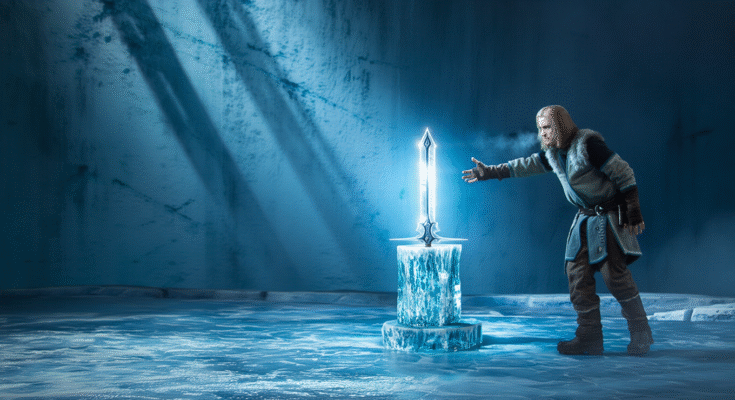Few fantasy stories carry the weight, tragedy, and scale of Warcraft 2: The Fall of Lordaeron. Picking up from the foundations laid by the first film, this sequel plunges deeper into the heart of Azeroth, where kingdoms crumble, heroes falter, and one man’s fateful choice reshapes the destiny of the world.
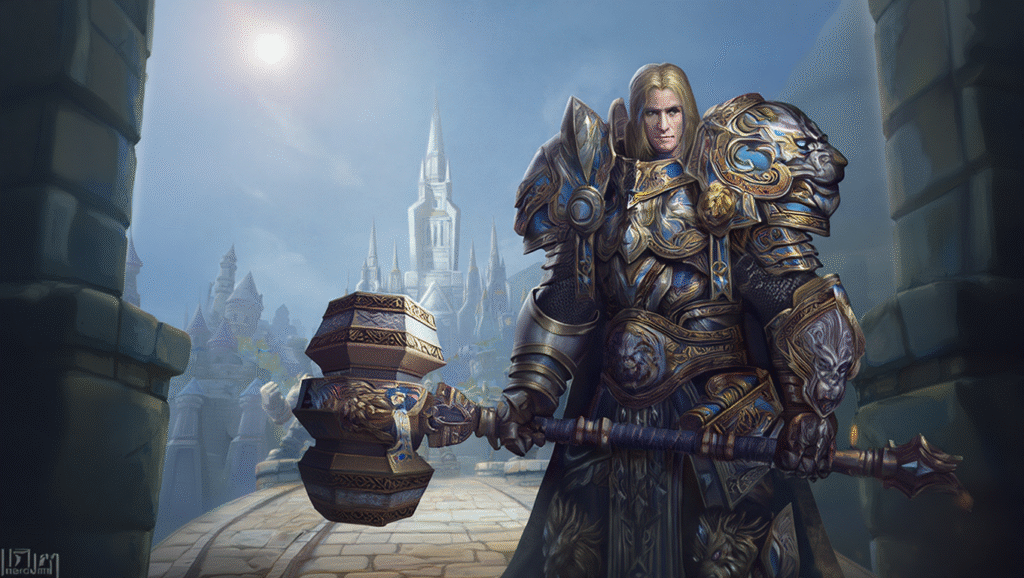
The film centers on Prince Arthas Menethil, brought to life with gravitas by Henry Cavill. Known for embodying characters with both strength and vulnerability, Cavill delivers perhaps his most layered role yet: a prince who begins as a symbol of hope but descends into darkness, consumed by ambition, fear, and ultimately corruption. His journey is the beating heart of the movie, one that will leave audiences torn between admiration and heartbreak.
From the opening moments, The Fall of Lordaeron envelops the viewer in dread. The undead plague creeps across villages, transforming ordinary people into twisted abominations, and the kingdom’s golden spires stand as fragile beacons against encroaching shadows. The filmmakers lean heavily into atmosphere—every frame drips with a sense of inevitable collapse, building tension toward the cataclysm that fans know is coming.
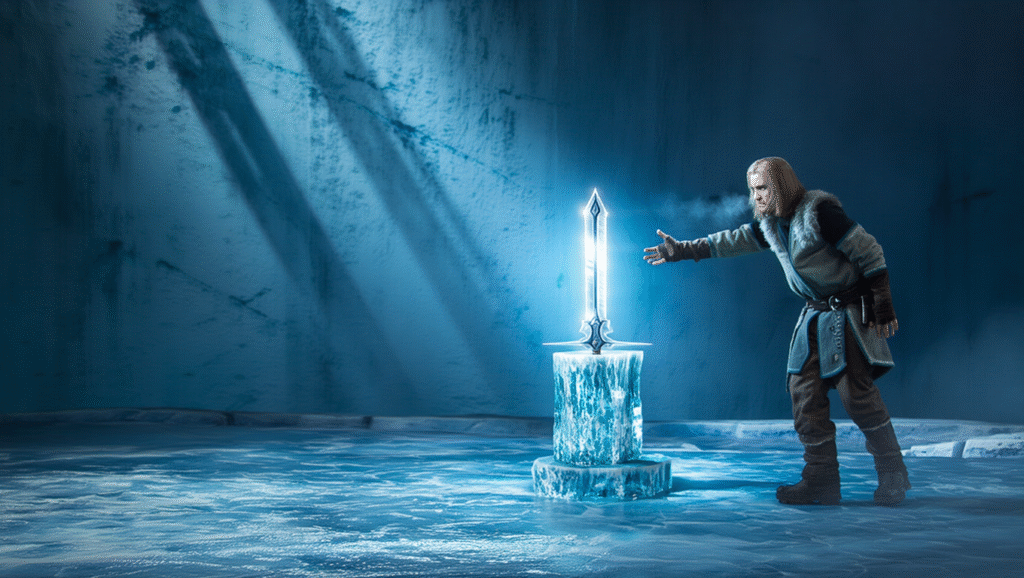
The action sequences are nothing short of breathtaking. Massive battle scenes pit knights and paladins against endless hordes of the undead, with sweeping camera work capturing both the chaos of war and the intimate terror of a plague without mercy. Practical effects meld seamlessly with CGI to give the undead an unsettling weight and presence—grotesque, tragic, and terrifying all at once.
But the true brilliance of the film lies not in its spectacle, but in its moral complexity. Arthas is no simple villain. He begins as a prince desperate to protect his people, willing to make hard choices where others hesitate. Each step of his downfall feels justified, even noble, until the audience realizes—along with Arthas—that he has crossed a line from which there is no return. His choice to wield the cursed blade Frostmourne is staged like a dark coronation, a moment as awe-inspiring as it is devastating.
The supporting cast amplifies the tragedy. Mentors and allies like Uther Lightbringer, Jaina Proudmoore, and King Terenas provide both moral grounding and emotional weight. Their clashes with Arthas are not just battles of ideology, but of love, loyalty, and betrayal. When the walls of Lordaeron finally fall, it feels less like the loss of a city and more like the death of a dream.
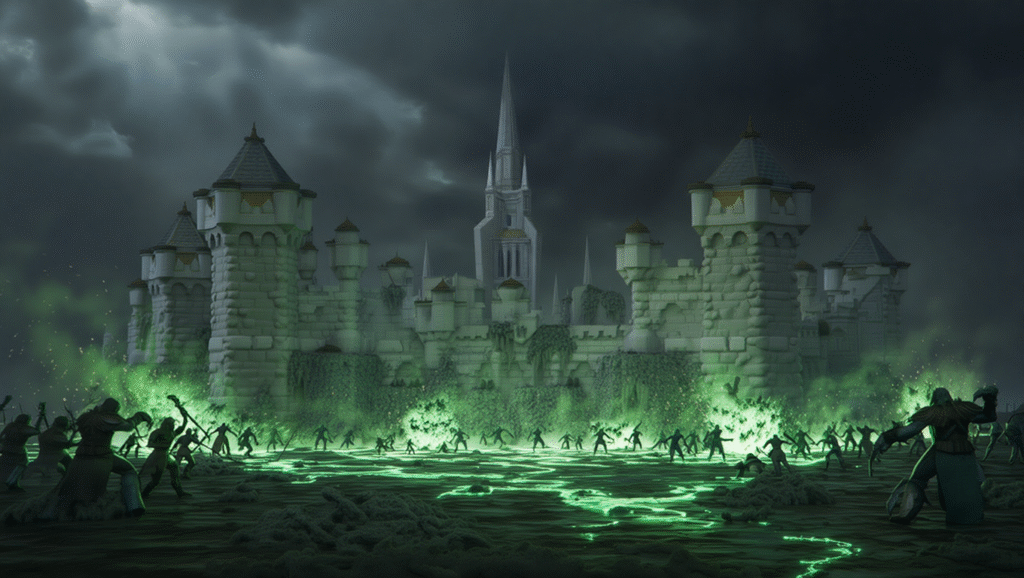
Director Duncan Jones (if he returns) or his successor clearly understands the operatic tone required for a story like this. The pacing allows the tragedy to unfold like a Shakespearean play, giving audiences time to invest in the kingdom’s beauty before watching it unravel. The score, swelling with haunting choruses and somber strings, adds another layer of mythic grandeur, echoing both the glory of the Light and the chilling call of the Scourge.
By the time Arthas dons the mantle of the Lich King, the film has transformed into something greater than a fantasy epic—it becomes a meditation on power, corruption, and the fragility of hope. The young prince we rooted for is gone, replaced by a figure of cold, terrifying majesty. It is a transformation so complete that the audience feels complicit, having walked every step of his journey.
Warcraft 2: The Fall of Lordaeron doesn’t just set the stage for future sequels—it redefines what fantasy cinema can be. It blends myth and morality, spectacle and sorrow, forging a tale that is as moving as it is visually staggering. Fans of the franchise will find a faithful adaptation of one of Warcraft’s most iconic storylines, while newcomers will be swept into a tale of tragedy so timeless it could stand alongside the greatest epics.
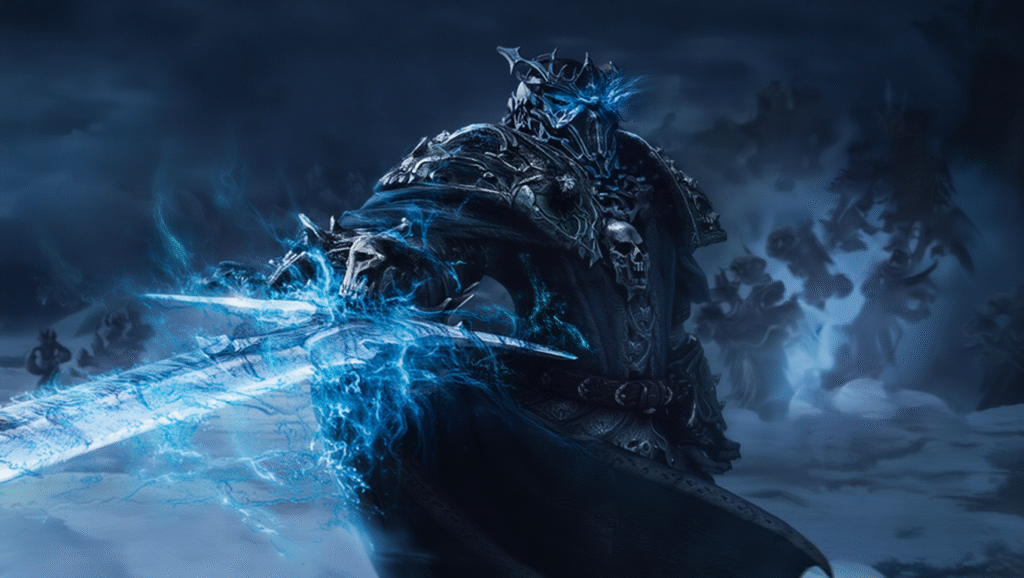
⭐ Rating: 4.9/5 — Dark, majestic, and unforgettable. A fantasy tragedy that burns itself into legend.
